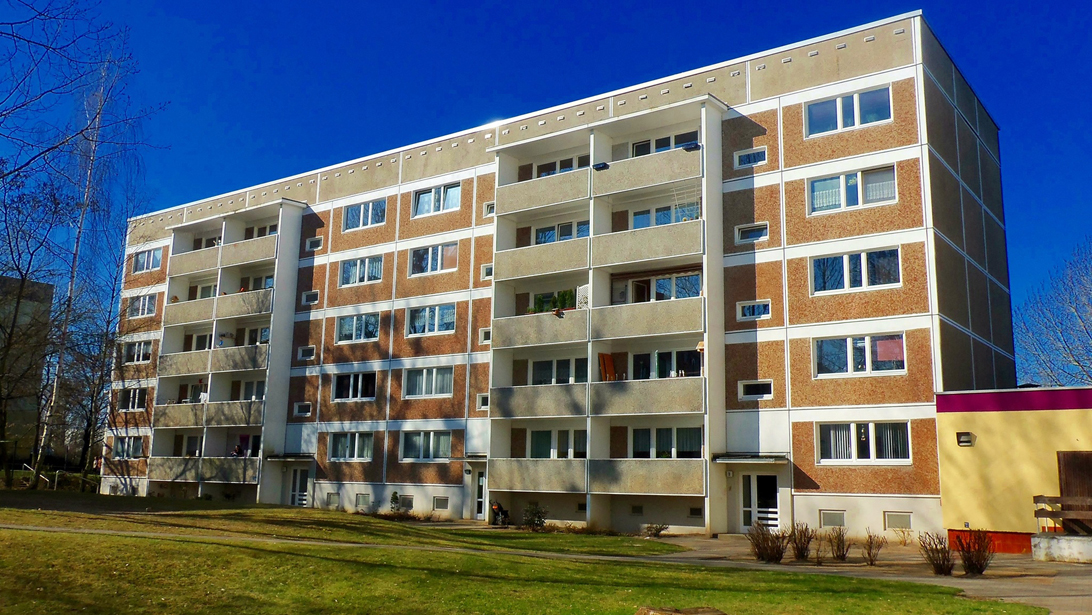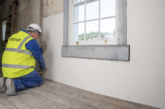
Marion Diable, Director at HSFM, looks at why planned repair and maintenance programmes help housing associations create properties where people want to live, and deliver better value for money.
Housing associations in the UK own or manage around 2,828,000 units, a figure that has steadily increased over the last couple of years. Upkeep of these homes has always presented challenges, mainly centred on available budget and how best to allocate it between planned and responsive maintenance.
With an annual repair and maintenance budget of over £3.5bn and several million properties under their control, an increasing number of housing associations are opting for planned preventative maintenance programmes. This is backed up by recent research data, with London’s largest housing associations increasing their spending on planned maintenance by 17% in the last financial year. This move to planned preventative maintenance is evidence of a commitment by housing associations to improve conditions for tenants. These kinds of long-term plans are one of the best ways of ensuring that tenants’ homes stay in a good condition, as opposed to simply reacting to problems when they occur.
Whilst the increase in spend on planned maintenance was most pronounced in the large London housing associations, there is still an upward trend across the country, with planned maintenance spending rising 6% to £665m. On the other side of the equation, unplanned, or responsive maintenance spend — waiting for a problem to occur — has fallen. The data between 2010 and 2015 revealed that average expenditure on responsive repairs fell 4.5% in real terms from £578 per property to £552.
The analysis also showed that these kinds of repairs take longer to fix, with the average time to complete responsive maintenance rising to 8.3 days from a low of 7.3 days. This indicates that costs are rising for those that do not have a planned preventative maintenance strategy in place as well as the inconvenience to tenants of having workmen in their home an extra day.
Planning a way forward
A major initiative of improvement works for housing associations was the Decent Homes programme. Under the scheme, housing associations needed to ensure their homes were maintained to the Decent Homes Standard as a minimum and an element of this required that repairs and maintenance were completed right first time, because it minimises disruption to tenants and achieves better value for money.
As part of the services we provide to housing associations, we find that they are always receptive to any ideas where they can give tenants ‘opportunities to be involved in the management of repair and maintenance services, such as the commissioning and undertaking a range of repair tasks as agreed with landlords and sharing in savings made’.
As part of HSFM‘s approach, we are happy to involve tenants in this way, which can range from choice of finishes, through to looking at how any savings identified might be shared. Outsourcing of preventative maintenance programmes is therefore an effective way of ensuring that the fabric of the building remains in good condition, whilst ensuring that tenants have a greater feeling of connection with the property, because they have been consulted in the improvements.
However, a key part of planned programmes for housing associations is a need to make their budgets go further. As a result, the role of a fabric maintenance partner has become much broader than it ever was. No longer is the requirement just to create an efficient fully functioning building that is tenant focused, important as that is. The trend now is to ensure that the building is efficient, comfortable and compliant with the growing amount of legislation.
In fact, it is essential to an outsourcing strategy that a fabric maintenance company has an understanding of the housing association legal requirements when it comes to important areas such as working at height.
Outsourcing a building’s external and internal fabric maintenance is no longer a decision of should we or shouldn’t we; the benefits of using specialist providers are now more sought after than ever. Planned preventative maintenance programmes are about more than just ‘fixing things before they break’, it is also about minimising disruption to tenants and achieving better value for money, whilst encouraging both parties to take a long-term view. That means it is not just a decision of which provider to choose, but one of what particular skills and understanding can each bring to the partnership.








